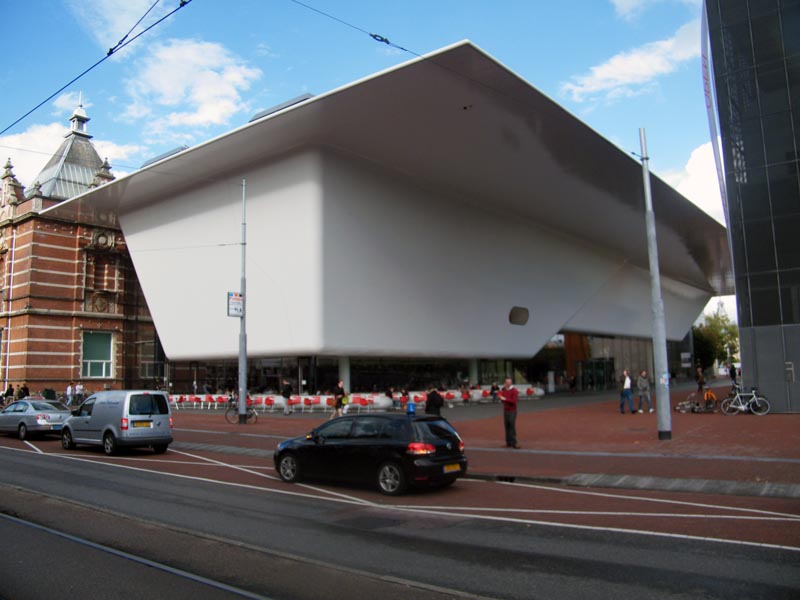We use pre preg as it is cheaper than dry fibre and polyester or epoxy, it works out about the same price as the fibre alone thus saving the resin cost. Then we don’t have the added costs of labour to apply it, wasted resin and the many health and environmental hazards. It is possible that the cheaper costs are due to everything needing to be imported into New Zealand as there are no fibre manufacturers here. Plus we can use lower skilled workers to place the fibre again reducing costs.
The cost for pre preg comes in processing such as the moulds and autoclave, but these pay off in a couple of years by offsetting the labour costs. We offer a cook service where other companies bring parts to us to cook. Which if you can find someone to do will mean you don’t need your own autoclave.
With our parts, underground mining vent tubes, weight is the number 1 design goal and then very very closely followed by cost. By filament winding the existing tubes weigh 35kg. We use pre preg carbon and Nomex core which means that our tubes end up at 9kg. I also have a new product sitting next to me that will see 120,000kg of load, ours is 26kgs compared to the current parts weight of 100kg.
Composite parts will cost more than steel but customers need to understand the savings that can be made by having lighter and or stronger product. One mine has estimated that our tubes have saved them 40 shifts of work in the first year of using them and the make something like $US300,000 per hour. If you can make a truck 50% lighter any greater costs will be offset by lower fuel costs and increased capacity.









